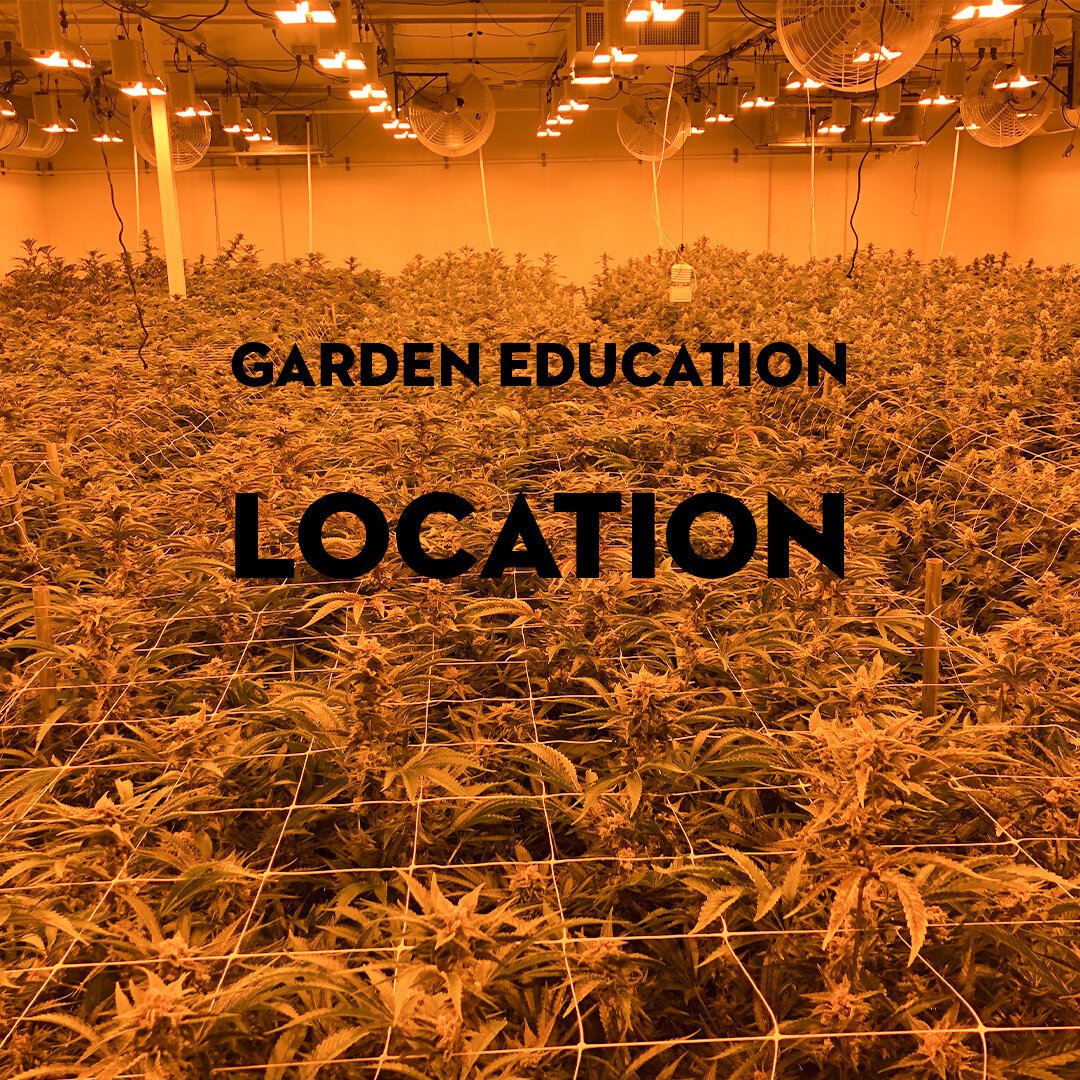Garden Education: Location
What’s the difference between indoor and outdoor grown cannabis? Why do we grow indoors? Most might say quality, but we hope to change that narrative. Indoor has long been referred to as the more desirable smoke. We can cite a laundry list of weed themed hip hop classics, and no one is boasting about the 'outs'. Listen to Snoop's "Gin and Juice", or Luniz "I Got 5 On It" and they're only messin with that “indo”. Outdoor cannabis goes through a full season of potential exposure to many elements, pests, and pathogens. Most outdoor grows get affected, and this is historically why it has a reputation for the flower and bag appeal being mediocre at best. Starting in the 90's through early 2000's, some of the most desirable cultivars(think OG Kush and Urkle) were hard to grow outdoors on the California coast. Regions like Humboldt County, the epicenter of modern cannabis as we know it, struggled with mold and powdery mildew when growing cultivars that were in high demand. Indoors however, the grower has complete control over the environment, and the ability to create a sanitary cultivation space free of pests and molds. Controlling these variables was, and to a large degree still is, the key to producing premium cannabis. Arguably the most important reason contributing to us growing indoors, especially when growing for hash, is cleanliness. Limiting contaminants like dirt, insects, and even ash is critical in making quality hash. Indoor growers are also able to control the photoperiod. This is the amount of time that lights are on and what signals to plants when to flower, which is what allows multiple harvests each year. With 4-6x the amount of flowering cycles per year than outdoor grows, there are many more opportunities to pollinate crops and develop new genetics. The rise of indoor cultivation in the 90's and 2000’s coincided with rapid technology advancement. And with that came a boom of home growers sharing tech and trading genetics over the internet and creating new selections that perform well outdoors while holding their own in bag appeal. Easy access to these genetics via online seed banks has raised the quality of outdoor crops significantly over the past decade. Mother nature will always offer something an artificial indoor grow can't. Imitated with indoor lighting, but never duplicated, the sun provides a diverse solar radiation spectrum. Complex relationships are formed between plants and the microorganisms within native soils. These factors, commonly referred to as terroir in the wine industry, contribute to a plant's phenotype. Phenotype refers to the physical representation of a plant's interaction with its environment. The same cut of Wedding Cake grown in an Oakland warehouse, will have different cannabinoids, terpenes, and flavonoids, when grown outside among the Mendocino redwoods. There's a lot of science behind how these natural processes alter the taste, smell, and effects of cannabis. But there's something else, something less tangible and harder to describe, that makes sun grown cannabis so good it can outshine a perfectly dialed indoor run. Maybe it's the plant being part of an ecosystem, the energy of conscious cultivation practices or the vibration a plant has when it makes it through a full season unscathed. So next time someone asks outdoor vs indoor, we encourage you to stick your nose and decide based on the cannabis at hand. Questions?...Hit us up!


